Home>Garden Essentials>How To Grow Yellow Dragon Fruit From Seeds
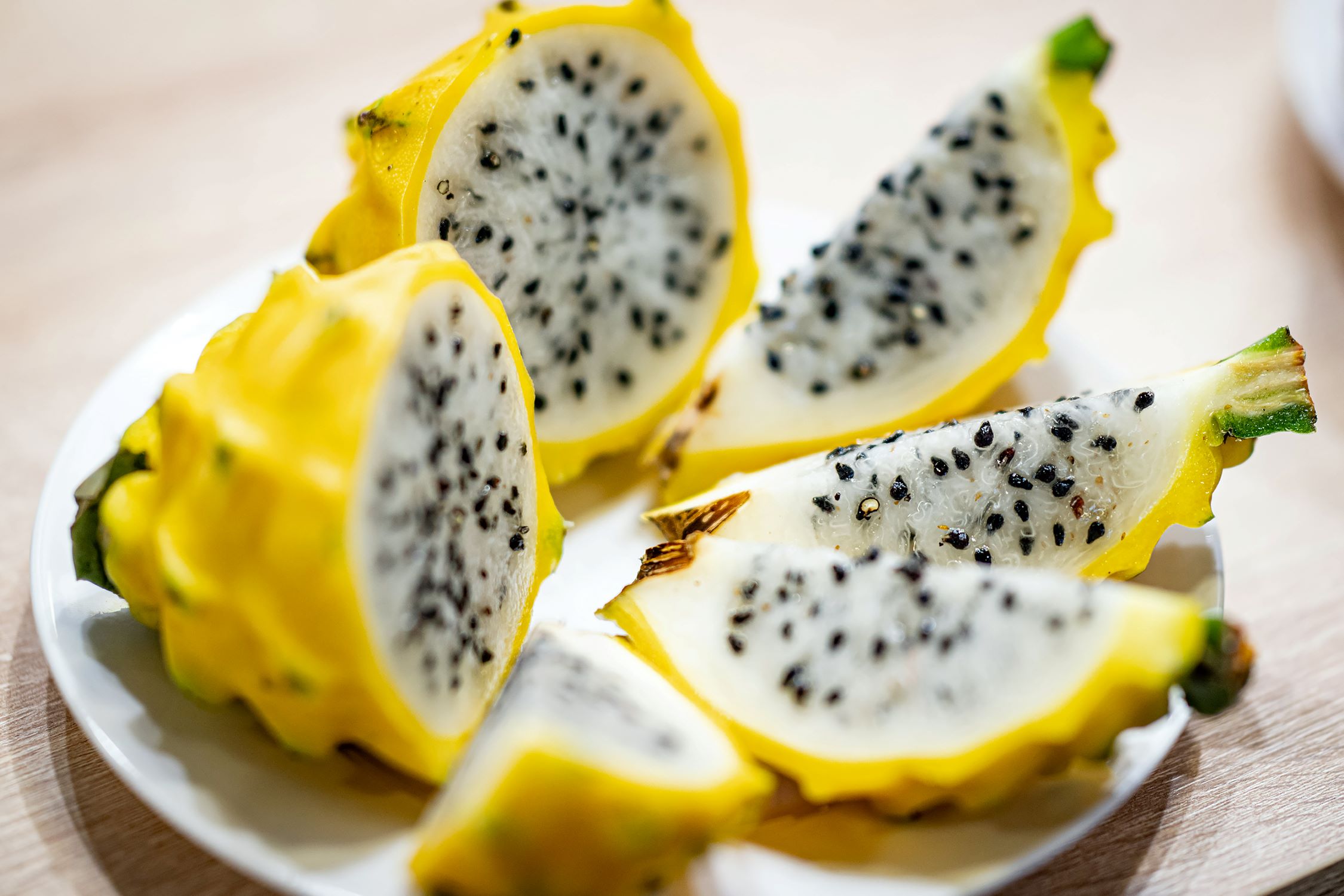

Garden Essentials
How To Grow Yellow Dragon Fruit From Seeds
Modified: March 16, 2024
Learn how to grow yellow dragon fruit from seeds in your garden. Follow our step-by-step guide for a successful harvest!
(Many of the links in this article redirect to a specific reviewed product. Your purchase of these products through affiliate links helps to generate commission for Storables.com, at no extra cost. Learn more)
Introduction
Welcome to the fascinating world of yellow dragon fruit gardening. If you have a green thumb, or even if you’re just starting out, growing your own yellow dragon fruit from seeds can be an exciting and rewarding experience. Yellow dragon fruit, also known as Pitaya, is a tropical fruit that is not only delicious and refreshing but also a great source of antioxidants and nutrients.
In this comprehensive guide, we will walk you through the process of growing yellow dragon fruit from seeds, from selecting the right seeds to harvesting the juicy fruits. Whether you have a backyard garden or just a small balcony, you can successfully grow yellow dragon fruit and enjoy the satisfaction of harvesting your own home-grown fruits.
Before we dive into the details, let’s take a brief look at what yellow dragon fruit is and why it has become so popular. Yellow dragon fruit, scientifically known as Hylocereus megalanthus, is a tropical cactus plant native to Central and South America. It belongs to the Cactaceae family and is closely related to other dragon fruit varieties such as red and white dragon fruit.
The fruit itself has a vibrant yellow skin with scales, similar to a dragon’s scales, hence the name “dragon fruit.” Inside, you’ll find a soft, juicy flesh that ranges from white to yellow in color, with small black seeds speckled throughout. The flesh resembles a cross between a kiwi and a pear, and it has a subtly sweet and slightly tangy flavor.
Now that you have a basic understanding of yellow dragon fruit, let’s move on to the next step: selecting the right seeds for your garden.
Key Takeaways:
- Growing yellow dragon fruit from seeds is a fun and rewarding experience. From selecting the right seeds to harvesting the delicious fruits, each step brings excitement and satisfaction.
- Proper care and attention are crucial for the healthy growth of yellow dragon fruit plants. Water, fertilize, prune, and protect them to enjoy a bountiful harvest.
Read more: How To Grow Dragon Fruit From Seed
Selecting the Seeds
When it comes to growing yellow dragon fruit from seeds, selecting the right seeds is crucial for a successful and thriving garden. Here are a few key factors to consider when choosing your seeds:
- Variety: Yellow dragon fruit comes in different varieties, each with its own unique characteristics. Some varieties may have a sweeter flavor, while others may be more resistant to certain pests or diseases. Research the different varieties available and choose the one that best suits your preferences and growing conditions.
- Freshness: Fresh seeds have a higher chance of germination, so it’s important to ensure that the seeds you select are fresh. Look for seeds from reputable sellers or consider harvesting seeds from mature yellow dragon fruits that you’ve enjoyed.
- Viability: It’s essential to choose seeds that are viable and likely to germinate. One way to test the viability is by placing the seeds in a glass of water. If the seeds sink to the bottom, they are likely viable. If they float, they may not be viable and it’s best to choose other seeds.
- Organic and Non-GMO: If you prefer to grow your yellow dragon fruit organically, look for organic and non-GMO seeds. This ensures that your plants will be free from synthetic fertilizers, pesticides, and genetically modified organisms.
Once you have selected your seeds, it’s time to prepare the soil for planting. Creating the right growing conditions is essential for the successful germination and growth of your yellow dragon fruit seeds.
Preparing the Soil
Creating a suitable soil environment is crucial for the healthy development of your yellow dragon fruit plants. Here are some important steps to prepare the soil:
- Choose well-draining soil: Yellow dragon fruit plants thrive in well-draining soil that allows excess water to flow freely. This helps prevent waterlogging and root rot. Look for a sandy loam or cactus mix soil that provides good drainage.
- Amend the soil: If your soil is heavy or clay-based, it’s important to amend it with organic matter to improve its texture and drainage. Add compost or well-rotted manure to the soil and mix it thoroughly. This will enrich the soil with nutrients and enhance its ability to retain moisture without becoming waterlogged.
- Check the pH level: Yellow dragon fruit plants prefer slightly acidic to neutral soil with a pH range of 6 to 7. Test the pH level of your soil using a soil testing kit available at garden centers. If the pH is too high, you can lower it by adding organic matter such as peat moss or pine needles. Conversely, if the pH is too low, you can raise it by adding lime.
- Consider container gardening: If you don’t have access to suitable garden soil or if you have limited space, yellow dragon fruit can be grown in containers. Choose a well-draining potting mix specifically designed for cacti and succulents. Ensure that the containers have drainage holes to prevent water accumulation.
- Prepare the planting area: Clear the planting area of any weeds or debris that could interfere with the growth of your yellow dragon fruit plants. Loosen the soil with a garden fork or tiller to improve aeration and root penetration.
Once you have prepared the soil, you are ready to move on to the next step: germinating the yellow dragon fruit seeds.
Germinating the Seeds
Germinating yellow dragon fruit seeds is an important step in the growth process. Here’s how you can successfully germinate your seeds:
- Prepare a seed tray or pots: Fill a seed tray or small pots with the prepared soil mix. Make sure the containers have drainage holes to avoid waterlogging. If using a seed tray, sow the seeds about half an inch apart. If using pots, sow one seed per pot.
- Moisten the soil: Before sowing the seeds, moisten the soil with water. Avoid soaking the soil; it should be moist but not waterlogged.
- Sow the seeds: Place one or two yellow dragon fruit seeds in each planting hole, covering them with a thin layer of soil. Gently press down the soil to ensure good seed-to-soil contact.
- Provide warmth: Yellow dragon fruit seeds require warmth to germinate. Place the seed tray or pots in a warm location, such as near a sunny window or in a greenhouse. The ideal temperature for germination is around 80 degrees Fahrenheit (27 degrees Celsius).
- Keep the soil moist: Check the moisture level of the soil regularly and water as needed to keep it consistently moist. Avoid overwatering, as this can lead to rotting of the seeds or seedlings.
- Patience is key: Germination can take anywhere from 1 to 4 weeks, so be patient and maintain the suitable growing conditions. Once the seeds have germinated, you will start to see tiny seedlings emerging from the soil.
As the seedlings grow, they will require proper care and attention to ensure healthy growth. Let’s move on to the next step: transplanting the yellow dragon fruit seedlings.
To grow yellow dragon fruit from seeds, plant them in well-draining soil, keep them moist but not waterlogged, and provide a warm, sunny environment for germination. It’s important to be patient, as it can take several weeks for the seeds to sprout.
Transplanting the Seedlings
Once your yellow dragon fruit seedlings have grown and are strong enough, it’s time to transplant them into their permanent growing location. Here are the steps to successfully transplant your seedlings:
- Choose the right location: Select a sunny spot in your garden or yard that receives at least 6-8 hours of direct sunlight per day. Yellow dragon fruit plants thrive in warm and sunny conditions.
- Prepare the planting holes: Dig holes in the prepared soil, spaced at least 10-15 feet apart. Each hole should be large enough to accommodate the entire root ball of the seedling.
- Soak the root ball: Before transplanting, gently remove the seedlings from their current containers, being careful not to damage the fragile roots. Soak the root ball in water for about 10-15 minutes to reduce transplant shock.
- Place the seedlings: Carefully place each seedling in a planting hole, ensuring that the top of the root ball is level with the soil surface. Backfill the hole with soil, gently firming it around the roots to eliminate air pockets.
- Water thoroughly: Water the newly transplanted seedlings immediately after planting to settle the soil around the roots. Provide enough water to thoroughly saturate the soil but avoid waterlogging.
- Provide support: Yellow dragon fruit plants are climbing cacti that require support as they grow. Install a sturdy trellis, fence, or other support structure near each seedling to allow them to climb and spread out.
- Mulch: Apply a layer of organic mulch, such as straw or wood chips, around the base of the seedlings. This helps retain moisture, suppresses weed growth, and regulates soil temperature.
Transplanting can be a delicate process, so make sure to handle the seedlings with care. Once the transplants are established, it’s important to provide proper care to promote their growth and development.
In the next section, we will discuss the essential care and maintenance tasks for yellow dragon fruit plants.
Read more: How Long To Grow Dragon Fruit From Seed
Providing Proper Care
Proper care and maintenance are crucial for the healthy growth and abundant fruiting of your yellow dragon fruit plants. Here are some essential care tasks to ensure their well-being:
- Watering: Yellow dragon fruit plants require regular watering, especially during dry periods. Water deeply, ensuring that the soil is thoroughly moist but not waterlogged. Aim to keep the soil consistently moist, but allow it to dry out slightly between waterings to prevent root rot.
- Fertilizing: Feed your yellow dragon fruit plants with a balanced, organic fertilizer during the growing season. Apply the fertilizer according to the manufacturer’s instructions, usually every 4-6 weeks. Avoid over-fertilizing, as this can lead to excessive vegetative growth and fewer fruits.
- Pruning: Pruning is necessary to maintain the shape and size of your yellow dragon fruit plants. Remove any dead, damaged, or diseased stems or branches. Thin out crowded areas to improve air circulation and reduce the risk of fungal diseases. Prune after fruiting to encourage new growth and flowering.
- Pollination: Yellow dragon fruit plants require pollination to set fruits. In their natural habitat, they rely on nocturnal pollinators like bats and moths. If there are no natural pollinators in your area, you can hand-pollinate the flowers using a small brush or by transferring pollen between flowers. Do this gently to avoid damaging the flowers.
- Protecting from frost: Yellow dragon fruit plants are sensitive to cold temperatures and frost. Consider protecting them during winter by covering them with a frost blanket or bringing them indoors if possible. Ensure they are placed in a well-lit area if kept indoors.
- Monitoring pests and diseases: Keep an eye out for common pests such as mealybugs, aphids, and snails, and promptly take action if you notice any infestations. Regularly inspect your plants for signs of diseases like fungal infections or rot, and treat them accordingly.
- Support and trellising: As your yellow dragon fruit plants grow, provide them with adequate support and trellising. Ensure that the support structure is sturdy enough to hold the weight of the climbing cacti and their fruits.
By providing proper care and attention to your yellow dragon fruit plants, you can enjoy a bountiful harvest of delicious and nutritious fruits.
In the final section of this guide, we will discuss the exciting part – harvesting your yellow dragon fruit!
Harvesting Yellow Dragon Fruit
After months of care and patience, the time has finally come to harvest your yellow dragon fruit. Here’s what you need to know about harvesting this tropical delight:
- Check for ripeness: Yellow dragon fruit is typically harvested when it reaches full ripeness. The skin of the fruit should be brightly colored, either a vibrant yellow or golden hue. Gently press the fruit – it should give slightly but not be too soft.
- Harvesting technique: To harvest the fruits, use sharp pruning shears or a knife to cut the fruit from the stem. Leave a short stub on the fruit to help prolong its shelf life.
- Timing: Yellow dragon fruit is usually harvested in the early morning or evening when temperatures are cooler. This helps to maximize the fruit’s freshness and flavor.
- Storing the fruits: Yellow dragon fruits are best enjoyed fresh, but if you have a surplus, you can store them in the refrigerator for up to 3-5 days. Place the fruits in a breathable bag or container to allow for proper air circulation.
- Enjoying the fruits: Once you’ve harvested your yellow dragon fruits, it’s time to indulge in their deliciousness. Cut the fruit in half lengthwise, and scoop out the flesh with a spoon. Yellow dragon fruit can be enjoyed on its own, added to smoothies, salads, or used as a garnish in various dishes.
Remember, the best part of growing your own yellow dragon fruit is savoring the fruits of your labor. Enjoy the unique taste and vibrant colors of this tropical delicacy.
Congratulations on successfully growing and harvesting your own yellow dragon fruit! With proper care and attention, your garden will continue to flourish and provide you with a bounty of tasty fruits for years to come.
Remember to take some time to reflect on your gardening journey and celebrate the joy of nurturing and cultivating nature’s wonders.
Happy gardening and happy yellow dragon fruit harvesting!
Check for valid HTML encoding.
Conclusion
Growing yellow dragon fruit from seeds is a rewarding and fulfilling experience for gardeners of all levels. From selecting the right seeds to harvesting the delicious fruits, each step in the journey brings excitement and satisfaction.
In this comprehensive guide, we have covered the essential aspects of growing yellow dragon fruit. Starting with the selection of high-quality seeds, we moved on to preparing the soil and creating an ideal germination environment. Transplanting the seedlings and providing proper care were crucial steps in ensuring the healthy growth of the plants. Finally, we discussed the excitement of harvesting ripe yellow dragon fruits.
Remember that successful yellow dragon fruit cultivation requires attention to detail and proper care. Provide adequate water, nourish the plants with the right fertilizers, and protect them from pests and diseases. With time and dedication, you will be rewarded with a bountiful harvest.
Throughout this guide, we have highlighted the importance of enjoying the process. Gardening is not just about the end result; it’s about connecting with nature, witnessing the beauty of growth, and relishing the flavors of homegrown fruits.
So, whether you have a sprawling backyard garden or a small balcony, don’t hesitate to embark on this exciting journey of growing yellow dragon fruit from seeds. Experience the joy of nurturing a tropical delicacy and reap the rewards of your efforts.
We hope this guide has provided you with the knowledge and inspiration to start your own yellow dragon fruit garden. Enjoy the enchantment of watching your plants flourish and the satisfaction of harvesting your own homegrown fruits.
Happy growing, caring, and harvesting of your yellow dragon fruit!
Check for valid HTML encoding.
Frequently Asked Questions about How To Grow Yellow Dragon Fruit From Seeds
Was this page helpful?
At Storables.com, we guarantee accurate and reliable information. Our content, validated by Expert Board Contributors, is crafted following stringent Editorial Policies. We're committed to providing you with well-researched, expert-backed insights for all your informational needs.
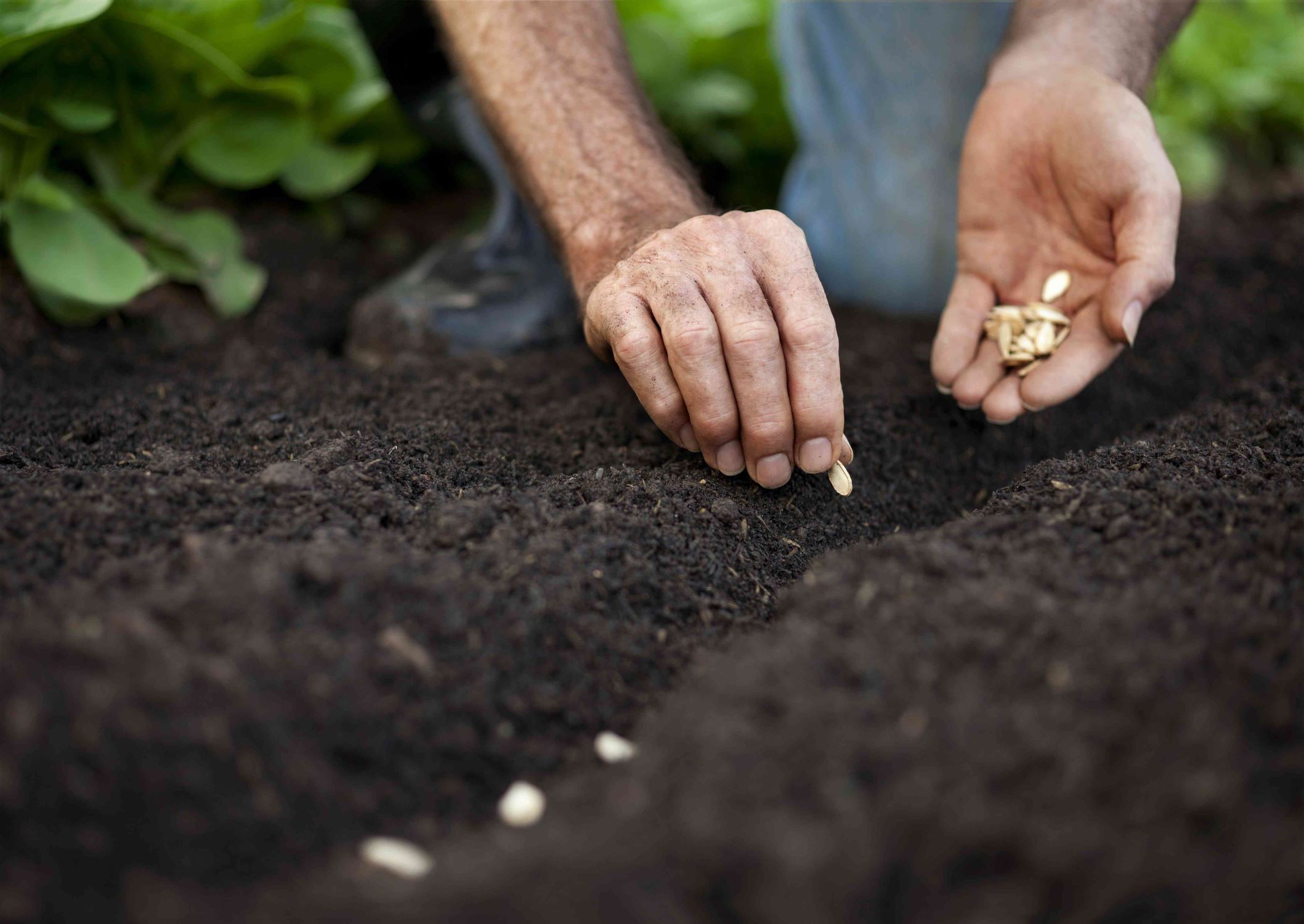
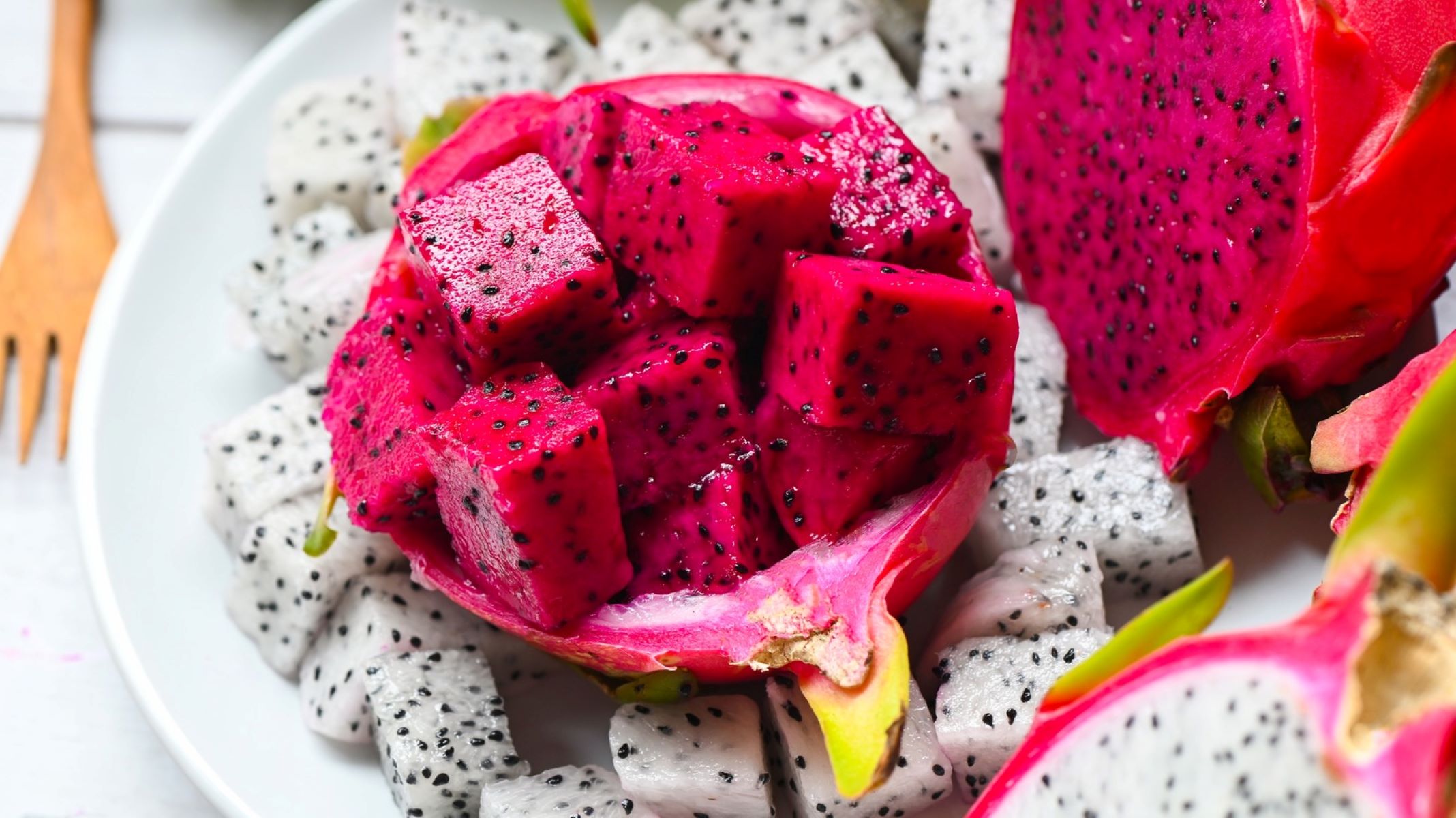
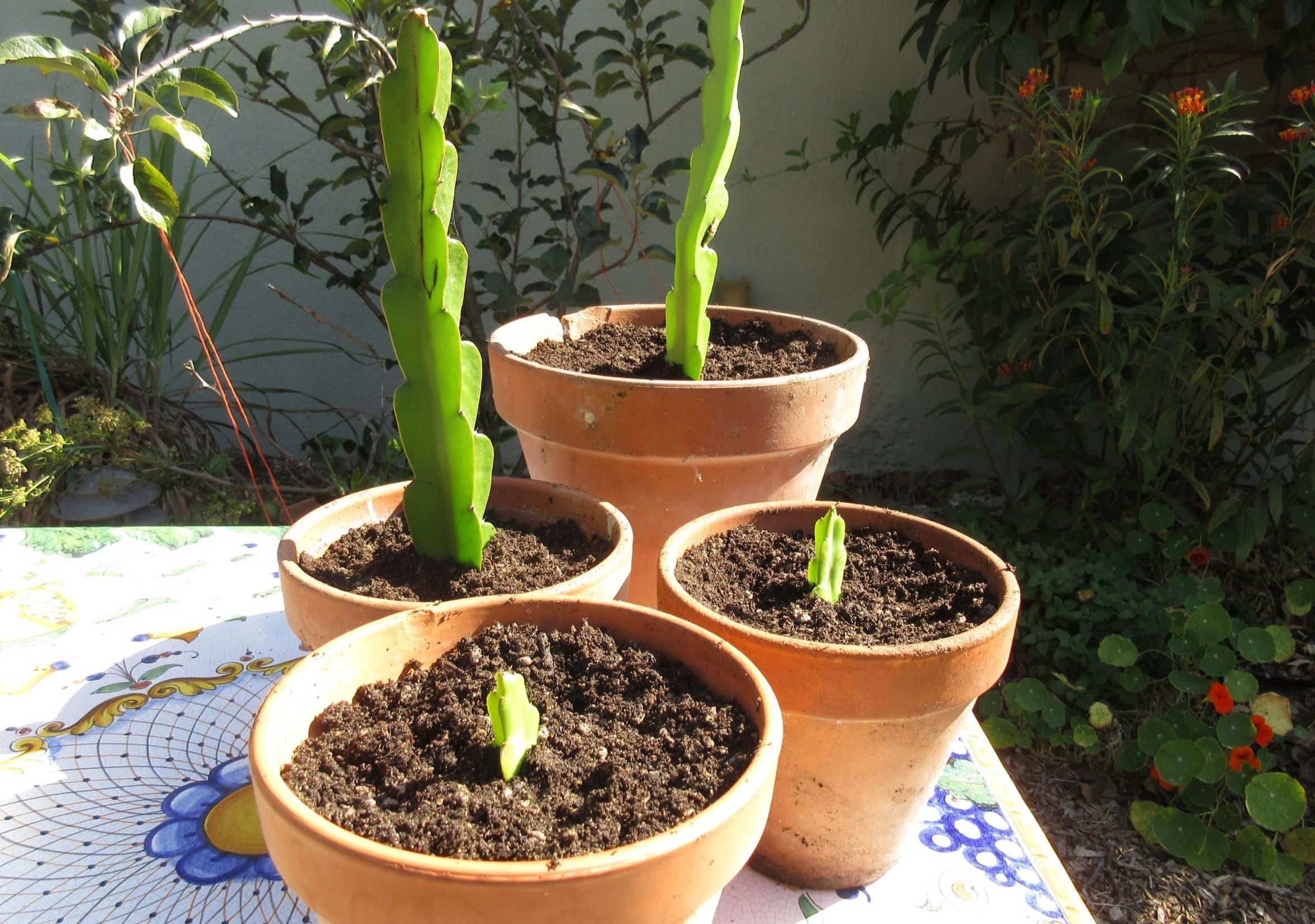
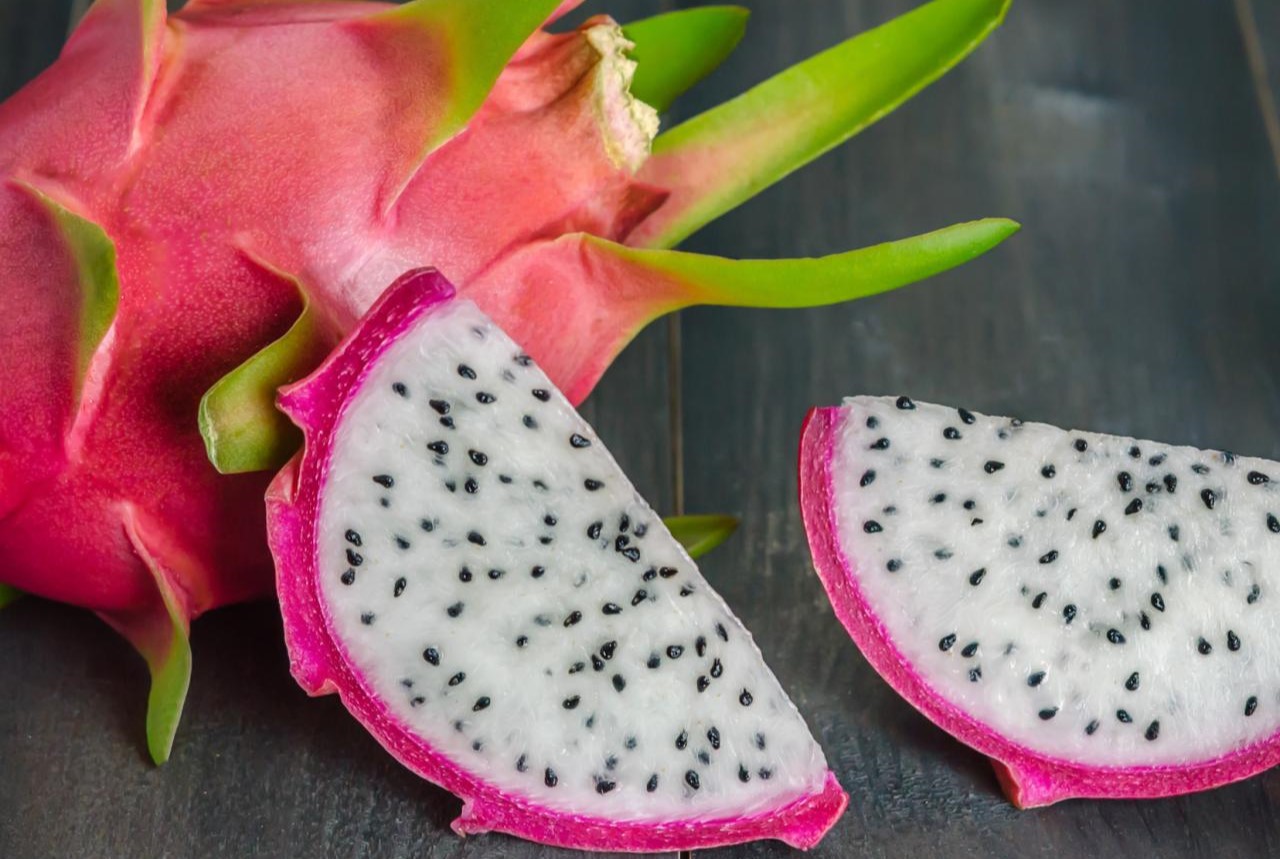
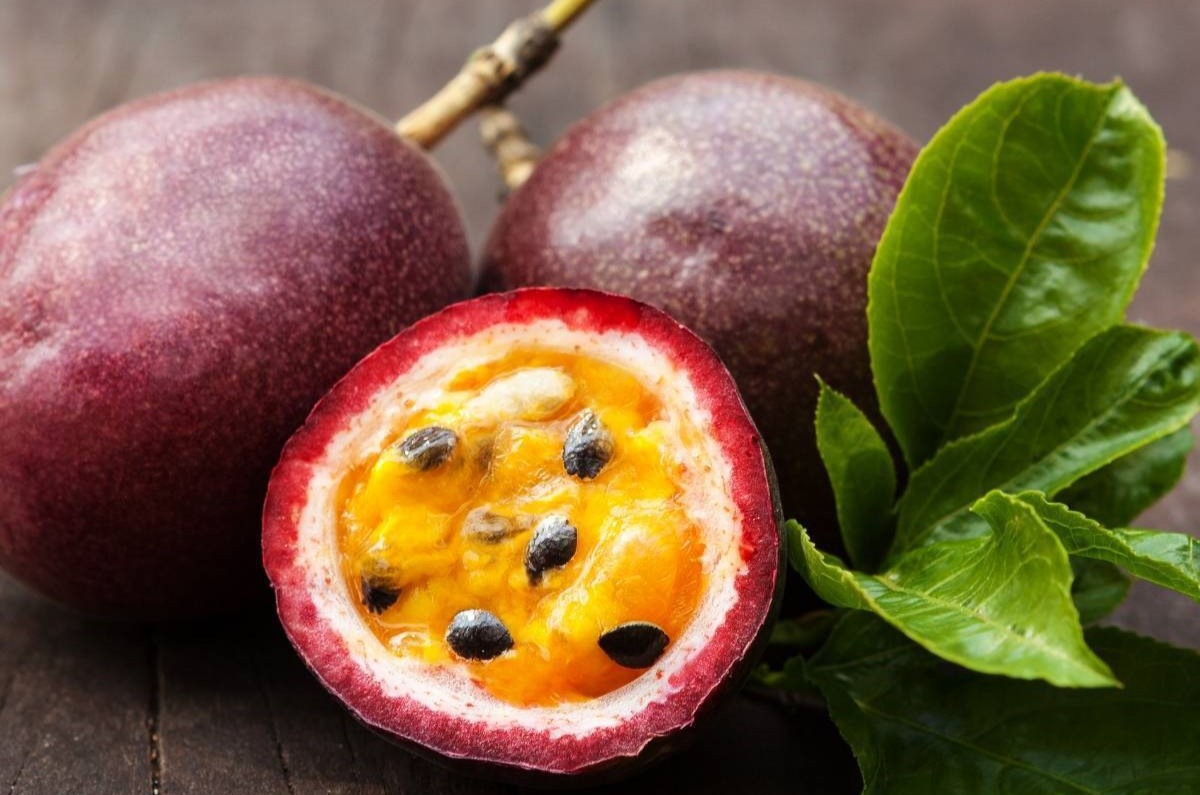
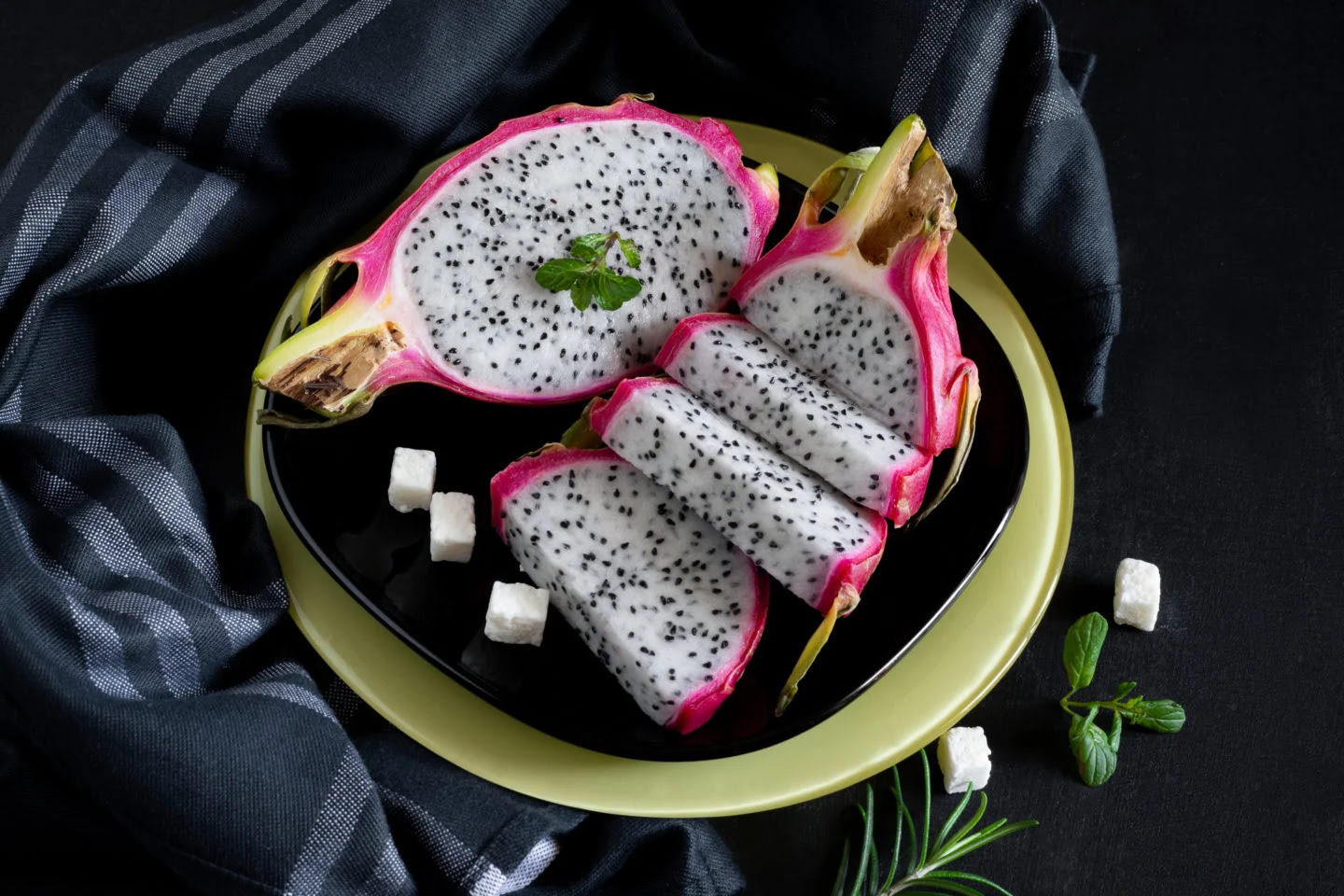









0 thoughts on “How To Grow Yellow Dragon Fruit From Seeds”